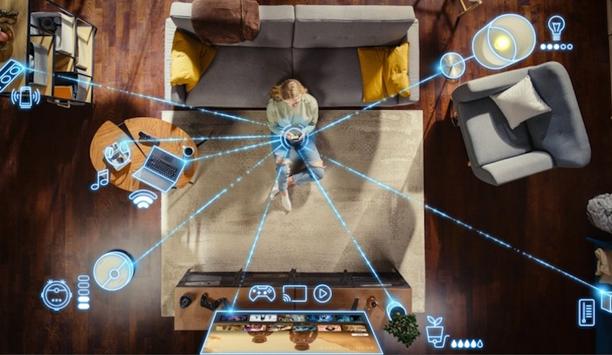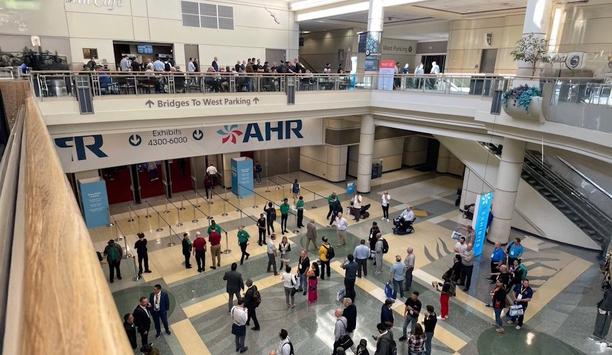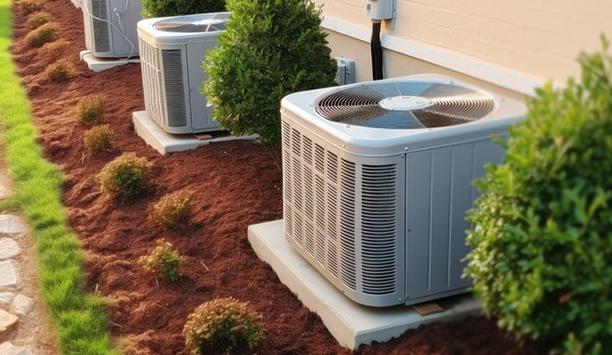Members of a family were eating lunch in a restaurant in Guangzhou, China, seated at a table below an air outlet and return air inlet for the central air conditioner. At another table sat a family who had just traveled from Wuhan, Hubei Province, China. There was another family seated at a third table.
One of the diners experienced the onset of fever and cough later in the day and went to the hospital, later diagnosed with COVID-19. That was on Jan. 24, 2020.
By February 5 – some 12 days later – a total of nine others from the three families had become ill with COVID-19. The only known source of exposure for the affected persons was at the restaurant, and researchers have singled out droplet transmission prompted by air-conditioned ventilation as a likely means of the virus transmission.
COVID-19 droplet transmission
The Centers for Disease Control and Prevention (CDC) is reporting on the case under the title “COVID-19 Outbreak Associated with Air Conditioning in Restaurant, Guangzhou, China, 2020.”
Examination of the potential routes for transmission of the disease in this instance concluded that the most likely cause of the outbreak was droplet transmission. Furthermore, researchers theorize that strong airflow from the air conditioner could have propagated droplets among the three tables.
Lower concentrations of aerosols might have been insufficient at greater distances to cause infection
This route of transmission is probable because the people at the other two affected tables were further than 1m away, say researchers, beyond the usual range for large droplet transmission. Generally, larger respiratory droplets remain in the air for only a short time and travel only short distances, 1m or less. Also, in this case, pre-symptomatic transmission is likely, since the initial patient was asymptomatic during the lunch.
Aerosol Transmission Appears Less Likely
Virus-laden smaller aerosolized droplets can remain in the air and travel longer distances; however, none of the staff or other diners in the restaurant were infected, which makes this route of transmission less likely.
Because aerosols tend to follow the airflow, lower concentrations of aerosols might have been insufficient at greater distances to cause infection in other parts of the restaurant.
Avoiding recirculating indoor air
“We conclude that in this outbreak, droplet transmission was prompted by air-conditioned ventilation,” say the researchers. “The key factor for infection was the direction of the airflow. To prevent spread of COVID-19 in restaurants, we recommend strengthening temperature-monitoring surveillance, increasing the distance between tables, and improving ventilation.”
Researchers also point to the value of daylight to impact the viability of germs
The research was conducted by the Department of Control and Prevention for Infectious Disease at the Guangzhou Center for Disease Control and Prevention.
The case supports recommendations by experts at the University of Oregon and the University of California, Davis, to take care not to recirculate indoor air which could increase potential contamination.
Impact of natural light on novel coronavirus
Rather, bringing more air from outside and using higher rates of air exchanged can help to dilute indoor contaminants, including viral particles. A solution might be as simple as opening a window.
Researchers also point to the value of daylight to impact the viability of germs in an indoor environment. However, they say more research is needed to fully understand the impact indoors of natural light on the novel coronavirus.





































